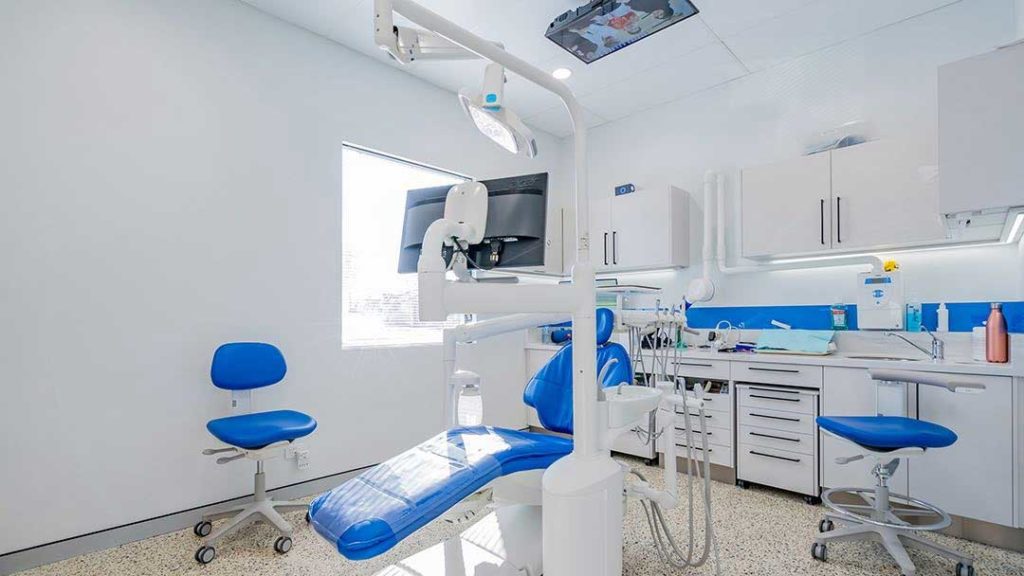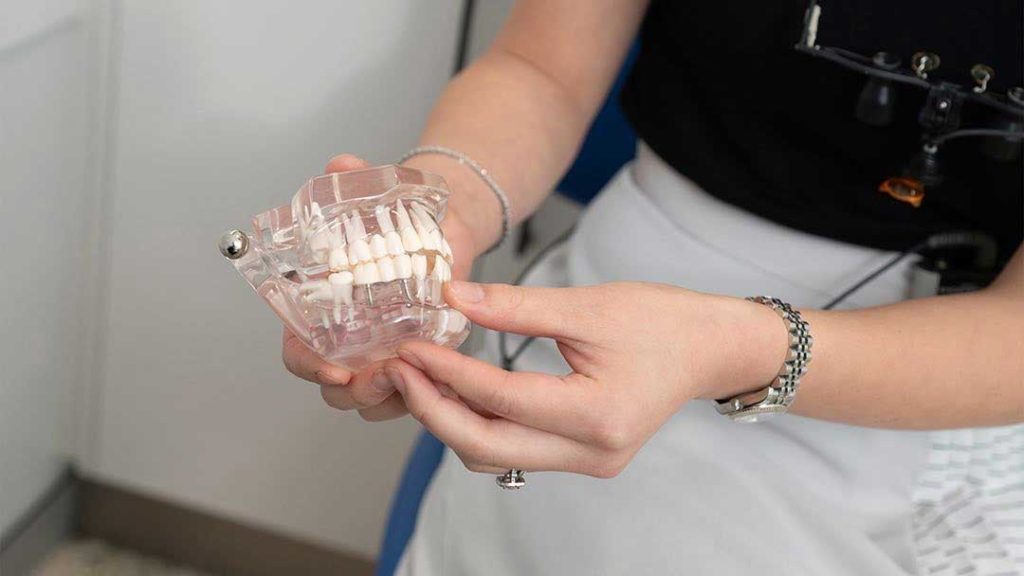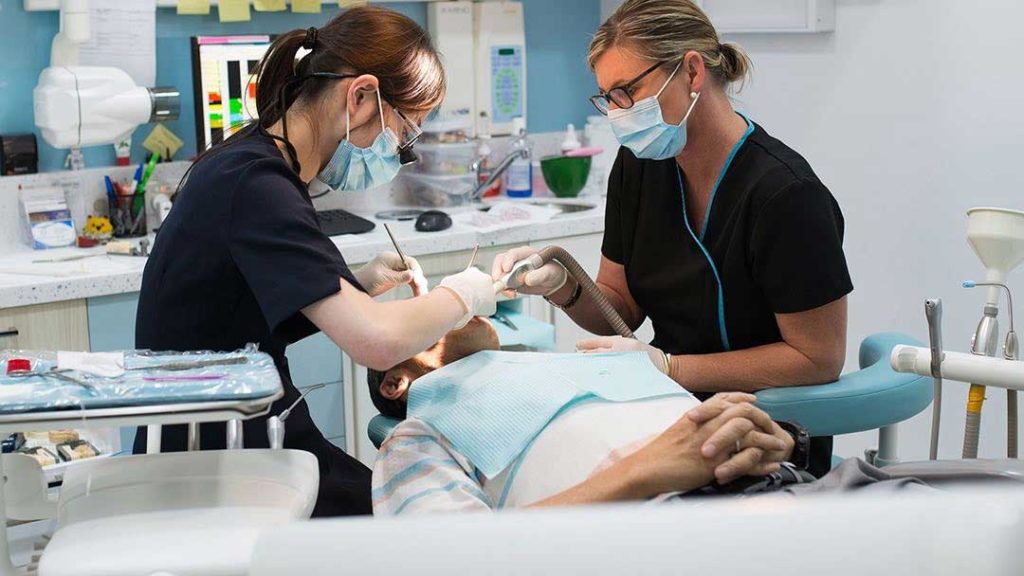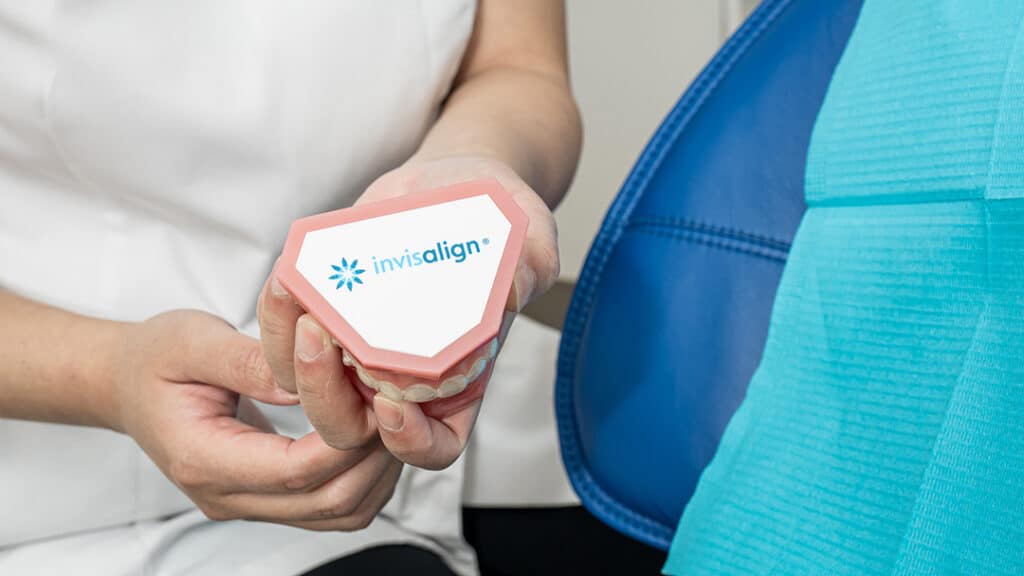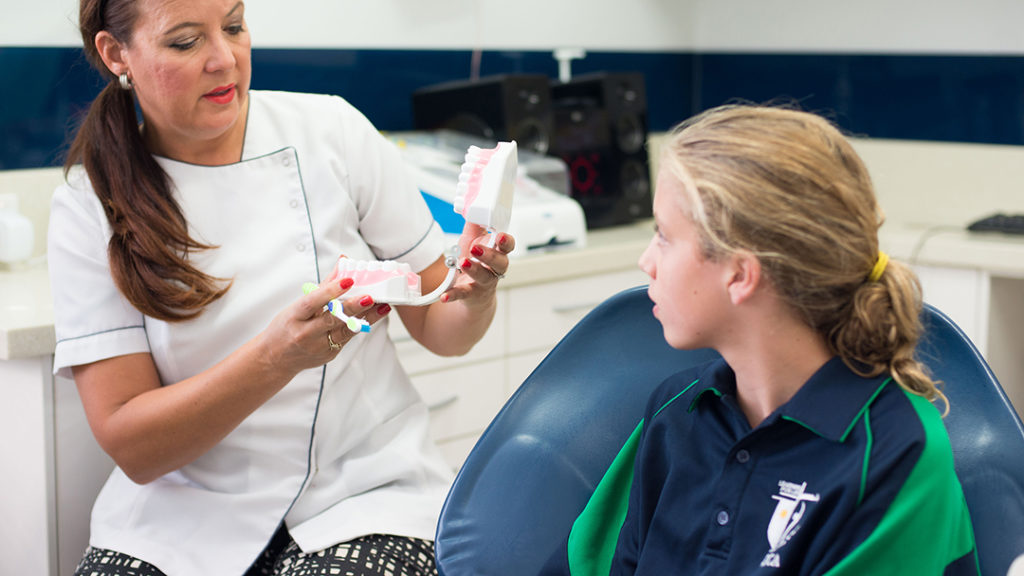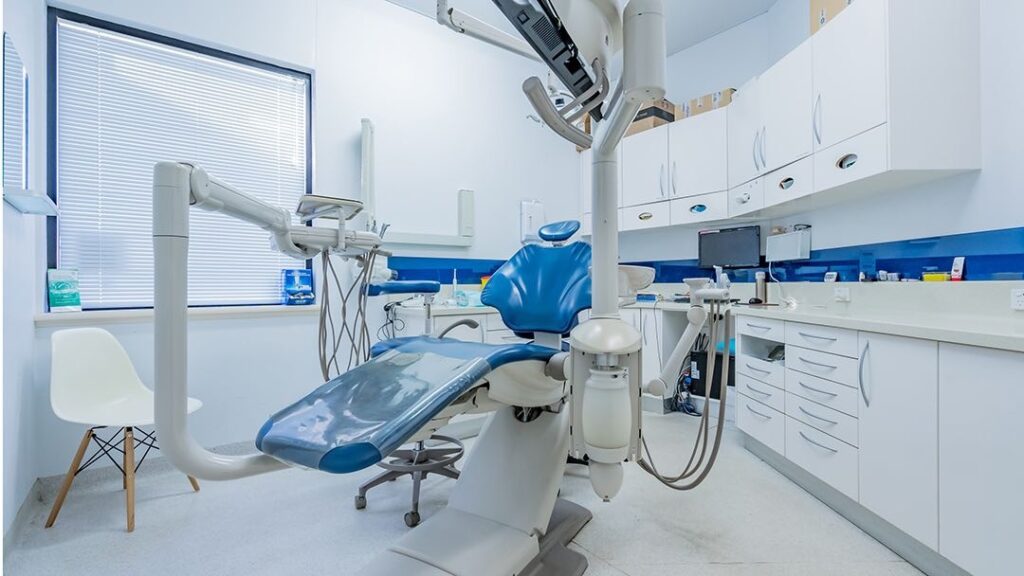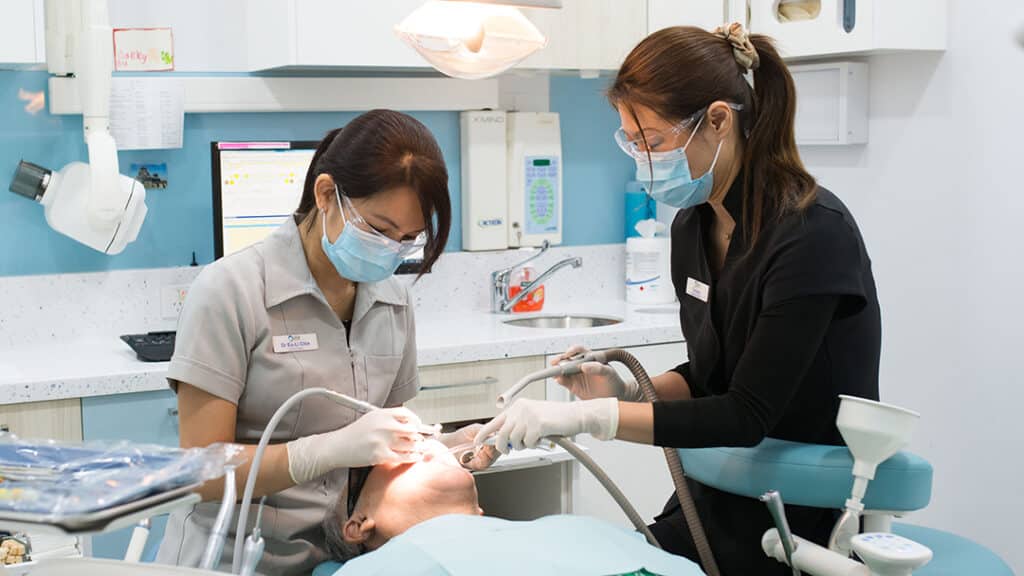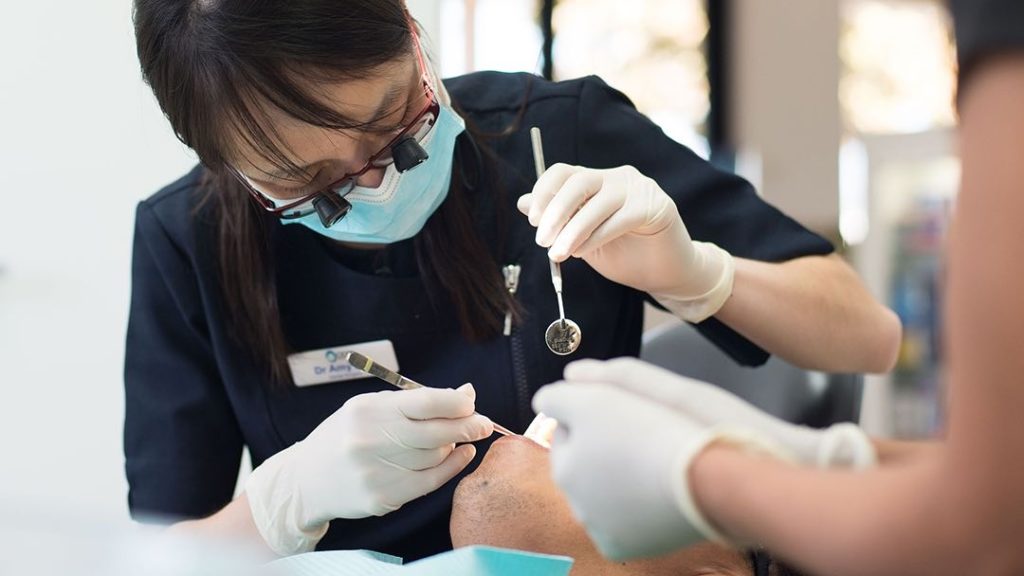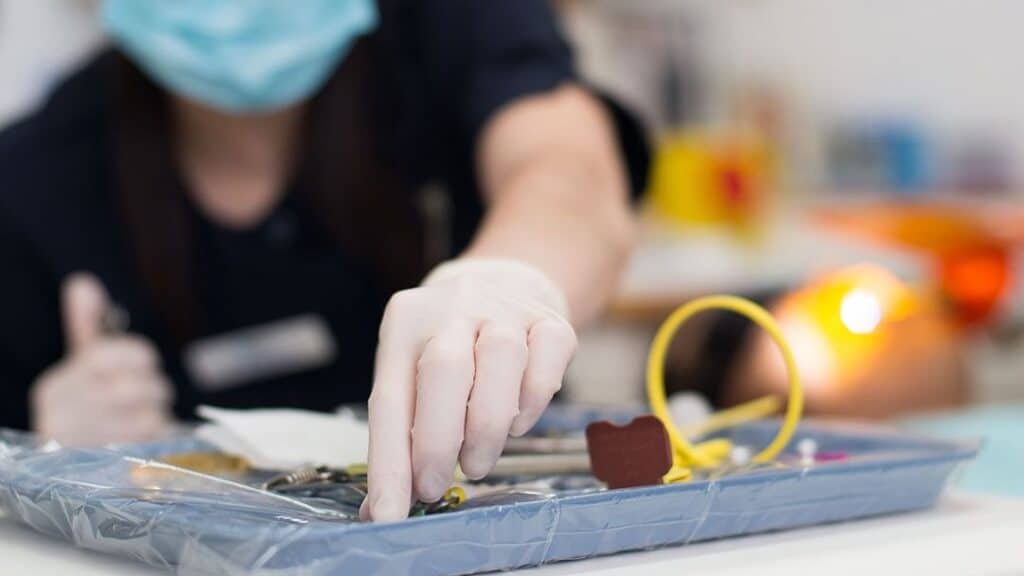How To Know If You Need A Root Canal Or A Tooth Extraction
When grappling with dental issues such as a loose tooth or sharp pain emanating from a deep cavity, understanding the treatment options available becomes crucial. This blog post aims to demystify the complexities around two prevalent dental procedures, namely, root canal therapy (RCT) and tooth extraction. It provides a comprehensive exploration of these treatment options, their specific indications, and potential long-term implications on your natural smile.
With a focus on symptoms that often necessitate an RCT or tooth extraction, this blog post seeks to guide those of you who might be experiencing discomfort, and uncertain of the best course of action to keep your teeth healthy. A comparative analysis of the outcomes of both procedures is presented, alongside a discussion of the various factors that might influence your decision-making process.
The emphasis, however, remains on the importance of professional consultation with a root canal specialist or your regular dentist. Self-diagnosis may steer you towards inappropriate treatment choices, potentially leading to more detrimental consequences. Hence, arming yourself with ample knowledge about these dental interventions can allow for informed discussions with a qualified healthcare provider like Odin House Dental Surgery.
An Overview of Root Canal Treatments and Tooth Extractions
A comprehensive understanding of root canal treatments and tooth extraction processes can shed light on how to manage a compromised tooth, whether it necessitates preservation through Endodontic treatment or requires full removal through extraction.
Root canal treatments entail a meticulous process where the infected or inflamed dental pulp, comprising connective tissue, blood vessels, and the tooth nerve, is carefully removed from the deep layer within the tooth. This procedure is often prompted by symptoms such as a dull ache, tooth discoloration, or facial swelling, signaling an infection deep within the tooth. Following the removal of the infected pulp, the canal space is disinfected and sealed with a filling material. X-rays may be employed throughout the procedure to ensure complete removal of the infected pulp and proper sealing to prevent further infection. The goal of root canal surgery is to maintain the functionality of the tooth while alleviating the discomfort and pain that come with the infection.
The tooth extraction process, on the other hand, implies the complete removal of a damaged or decayed tooth from the socket. This often becomes a treatment option when a tooth has become severely damaged or decayed that preservation is no longer viable. During tooth extraction, the neighboring teeth and soft tissues are carefully protected to maintain the integrity of the adjacent teeth and prevent any potential damage.
Although both procedures have the same objective—to relieve dental discomfort and enhance oral health—their applications are informed by various factors. These factors can include the severity and extent of infection or decay, the location of the affected tooth, and the overall condition of the patient’s oral health. Your personal experience and comfort should also be considered when deciding between a root canal or a tooth extraction.
Could Your Toothache Indicate a Need for a Procedure?
When you experience persistent dental discomfort, it is likely to be a signal that you need a dental intervention like a root canal treatment or tooth extraction. The intensity and nature of toothache often serve as vital clues in determining the necessity for these procedures.
Are you experiencing spontaneous pain that intensifies during the night, sensitivity to thermal changes like hot or cold beverages, or swelling localized around a specific tooth. These could be signs pointing towards a root canal procedure. On the other hand, extensive decay reaching into the tooth’s pulp or an impacted wisdom tooth might necessitate extraction.
Remember, these symptoms might not always imply a serious issue; however, they should never be overlooked. Consequently, any form of dental discomfort should prompt an immediate visit to a dentist for an accurate diagnosis and appropriate treatment planning.
Examining the Symptoms: Do You Need a Root Canal?
Persistent dental discomfort, manifested in spontaneous pain, heightened sensitivity to temperature changes, and swelling around a particular tooth could be indicative of a severe infection or decay necessitating an intervention such as root canal therapy.
Identifying the need for this procedure involves understanding key symptoms:
- Persistent Tooth Pain: An ongoing ache that does not subside may require a root canal procedure.
- Sensitivity to Temperature: A deep throbbing sensation triggered by hot or cold foods is often associated with pulp damage.
- Swelling and Tenderness: Inflamed gums near the affected tooth can indicate a serious infection.
- Darkening or Discoloration of the Tooth: This symptom can suggest internal tooth damage.
A consultation with a dental professional is crucial for accurate diagnosis and for a decision to be made between root canal therapy versus tooth extraction.
When Is a Tooth Extraction Necessary?
Assessing the necessity for tooth extraction involves several factors, including the degree of infection or decay, the condition of the surrounding teeth and gums, and the patient’s overall oral health.
A dentist may recommend a tooth extraction when root canal therapy cannot sufficiently restore an infected tooth. This procedure is considered when there is severe tooth decay extending to the pulp, resulting in an abscess or systemic infection that root canal therapy cannot address.
Additionally, if a tooth is so damaged that it threatens surrounding teeth or gum health, extraction might be deemed necessary to prevent further complications.
Ultimately, whether a root canal or tooth extraction is required depends on individual circumstances and professional evaluation by a qualified dental practitioner.
Comparing Outcomes: Root Canal vs. Tooth Extraction
Grasping the potential aftermath of both root canal therapy and tooth extraction is vital in shaping an informed decision regarding your dental health. Each treatment holds its unique benefits and drawbacks, which merit consideration when weighing outcomes: root canal versus tooth extraction.
Root canal therapy often gains preference over extraction as it enables preservation of the natural tooth structure, mitigates the risk of misalignment, and circumvents the requirement for replacement teeth.
Contrarily, tooth extractions are generally simpler procedures compared to root canals but result in a gap that might call for subsequent dental treatments like implants or bridges.
The motivations for a root canal might encompass severe infection or decay unresponsive to alternative treatments, while extraction could be necessitated by excessively damaged or overcrowded teeth.
Contact Odin House Dental Surgery Today
Experience unparalleled dental care that puts your comfort and satisfaction first at Odin House Dental Surgery. Equipped to handle procedures like root canals or tooth extractions, our clinic boasts dentists with over 28 years of experience, deftly identifying symptoms and recommending optimal treatment options.
We prioritise patient comfort, offering sedation options for procedures like wisdom teeth removal. Our diverse services encompass restorative work to cosmetic enhancements, always guaranteeing top quality.
Even with advanced technology and expertise, we remain committed to affordable care. Contact (08) 9468 7182 today and let Odin House Dental Surgery address all your oral health needs.
Frequently Asked Questions
What are some ways to manage pain after a root canal or tooth extraction procedure?
Pain management following a root canal or tooth extraction procedure can be achieved through prescribed analgesics, applying cold compresses to the affected area, avoiding hard foods, and maintaining good oral hygiene practices.
How does the cost of a root canal compare to a tooth extraction?
The cost comparison between a root canal and tooth extraction varies significantly. Generally, root canal therapy tends to be more expensive due to its complexity, whereas tooth extractions are typically less costly procedures.
Are there any dietary restrictions to follow before or after a root canal or tooth extraction?
Before a root canal or tooth extraction, patients may be advised to fast. Post-procedure, a soft diet is recommended until healing is complete to avoid disrupting the treated area and promote recovery.
How long should one wait to return to normal physical activities after a root canal or tooth extraction?
The duration for resuming regular physical activities following root canal therapy or tooth extraction varies. Typically, it is recommended to rest for 24-48 hours post-procedure before gradually returning to normal activities.
Can a tooth that has undergone root canal therapy be re-infected in the future?
A tooth that has been through a root canal treatment can potentially become re-infected in the future, particularly if proper oral hygiene habits are not maintained or the tooth is not properly sealed and restored post-procedure.

